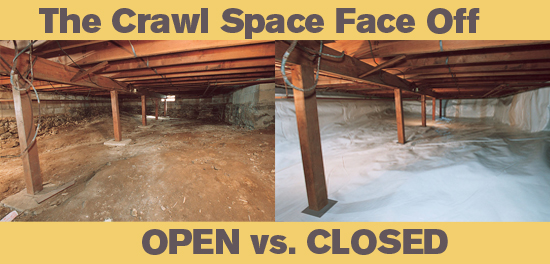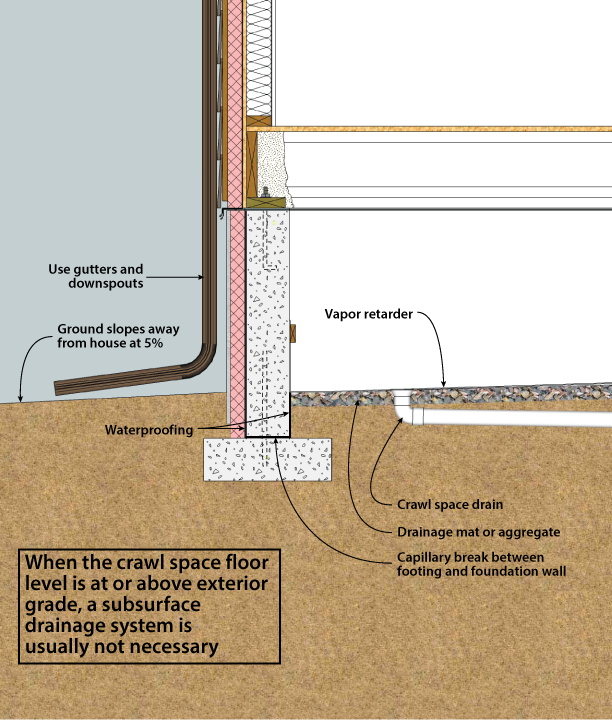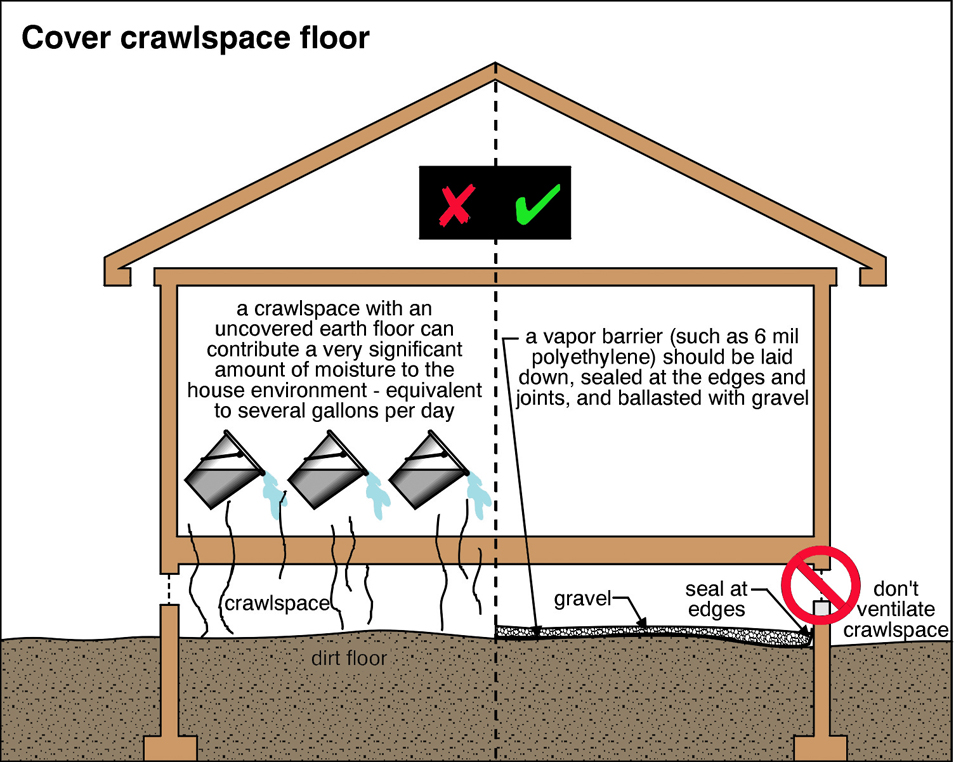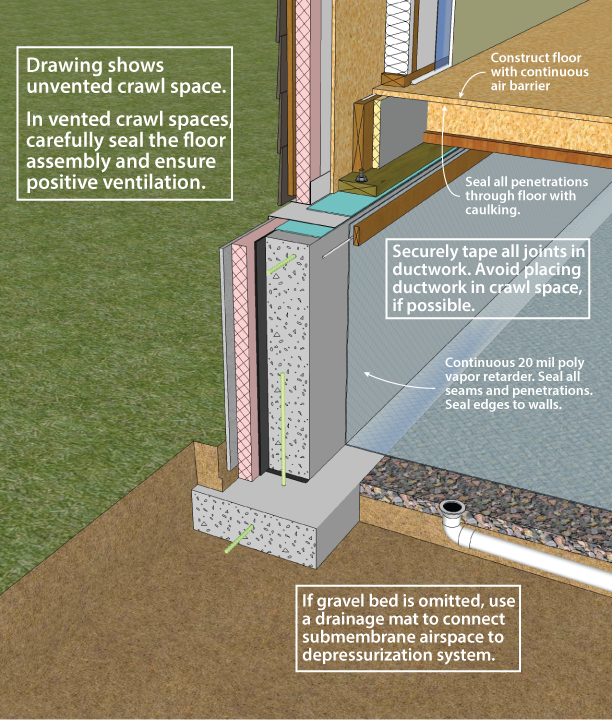Unvented Crawl Space Unvented Attic In Cold Climates

Laden air can migrate from the attic into the living space.
Unvented crawl space unvented attic in cold climates. In unvented roof assemblies the thermal. A 15 home modular housing development in hot humid baton rouge la. Unventilated attics can help to mitigate energy loss through leaky ducts or ceiling fittings. In cold climates attic ventilation is a common method to remove humid air.
In this design insulation effectively separates the interior and exterior spaces while slowing down moisture flow so the dewpoint is not achieved within the building envelope. And 12 stick framed homes in cold dry flagstaff ariz. I agree in this climate scenario that closed crawlspaces are a great idea to. But it s easier said than done.
In hot climates unvented attics are ideal where hvac equipment and ductwork are located in the attic. Construct an unvented crawlspace and insulate the interior walls with rigid foam insulation. Eventually the house may develop rot and mold problems. In an unvented crawl space plastic sheeting seals the ground and keeps most of the soil gases out of the air.
However if moisture is able to enter the unvented attic space it may lead to roofing panel issues. In this climate your house is often being mechanically cooled which also cools the crawl space warm humid air enters the crawlspace through the vents and condenses on the cold framing members. Unvented attic assemblies unvented attics rely on an air impermeable insulation installed to the roof deck s underside i e. This is done by using what is referred to as air impermeable insulation such as rigid foam board or spray foam.
Unvented attics make a lot of sense. Two acceptable methods for insulating an unvented attic assembly in all climates are as follows. Attic ceiling to stop airborne moisture from reaching a cold surface and condensing inside the building envelope. The energy savings touted by unvented attics can be as high as 20.
Not venting makes these problems go away joe lstiburek building science corporation building technologies program recognizing top innovations in building. In humid climates venting attics brings a great deal of moisture into the structure. Modifying the attic to create an indirectly conditioned attic space with icynene can significantly reduce energy consumption. An unvented crawl space or better yet no crawl space.
Air impermeable insulation typically spray foam installed to the underside of the roof sheathing. In december 2009 they released an exhaustive report about crawl space ventilation as it pertains to a variety of different climates across the country. In cold climates venting attics brings in a great deal of snow. In cold climates warm indoor air leaking into the attic can condense against the underside of the roof sheathing.
Researchers monitored two sets of new homes in different climates.













































